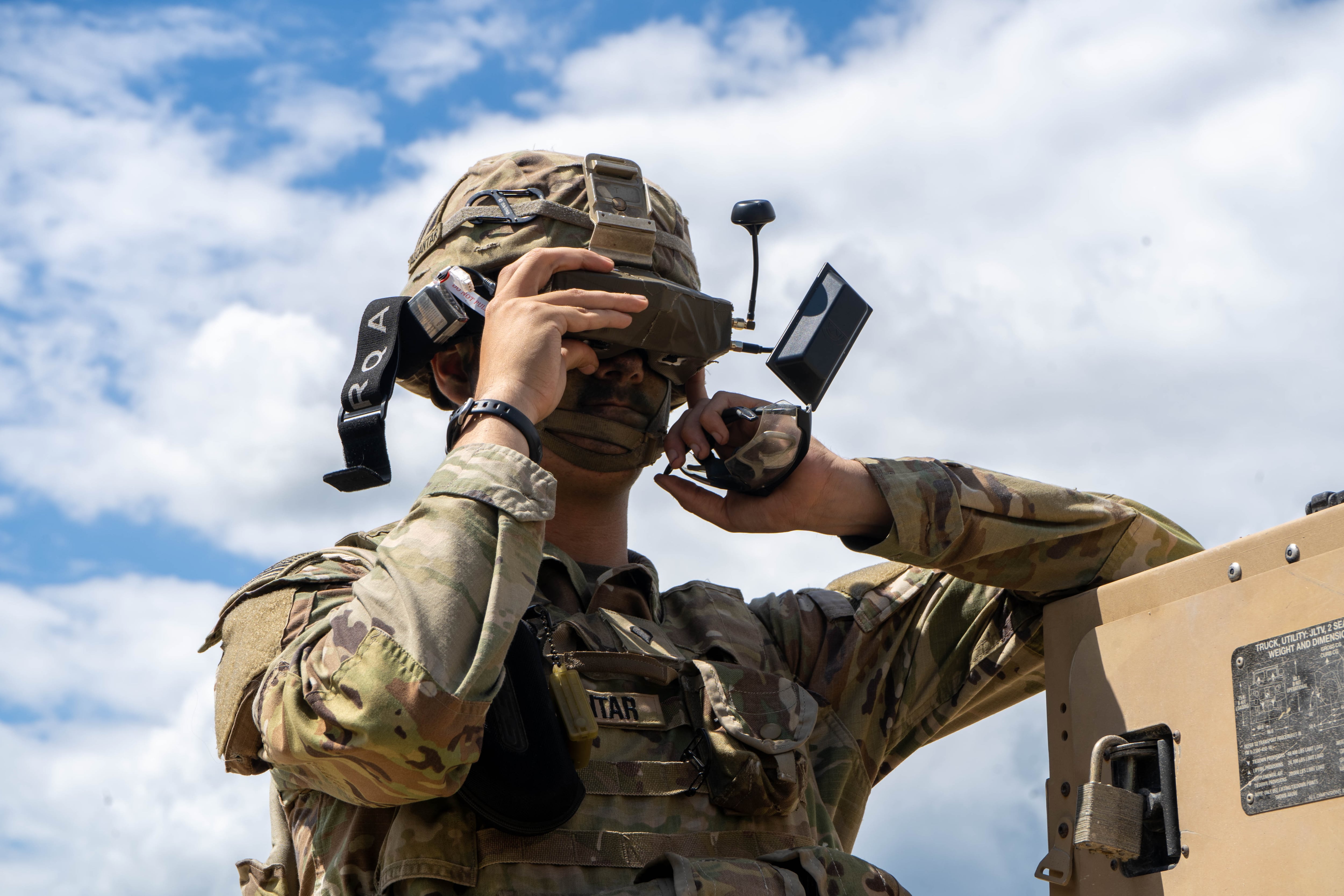

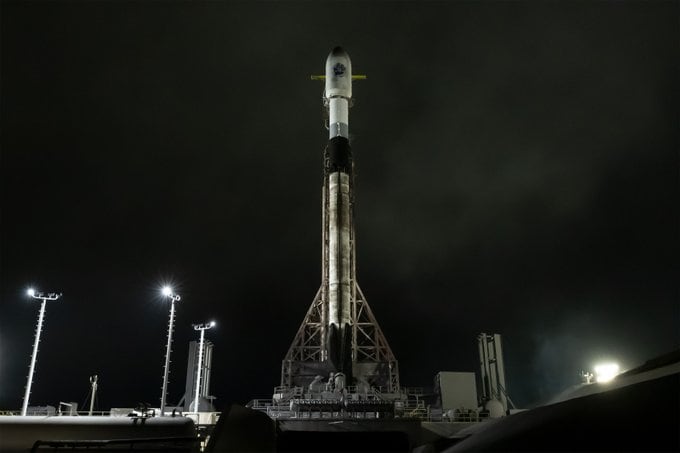
Space
Space Development Agency launches first operational satellites
The 21 spacecraft could start providing operational capability to combatant commands and other users within four to six months, according to SDA.

Space Development Agency director leaves post for academia
The agency’s deputy director, Gurpartap Sandhoo, will lead SDA in an acting capacity.
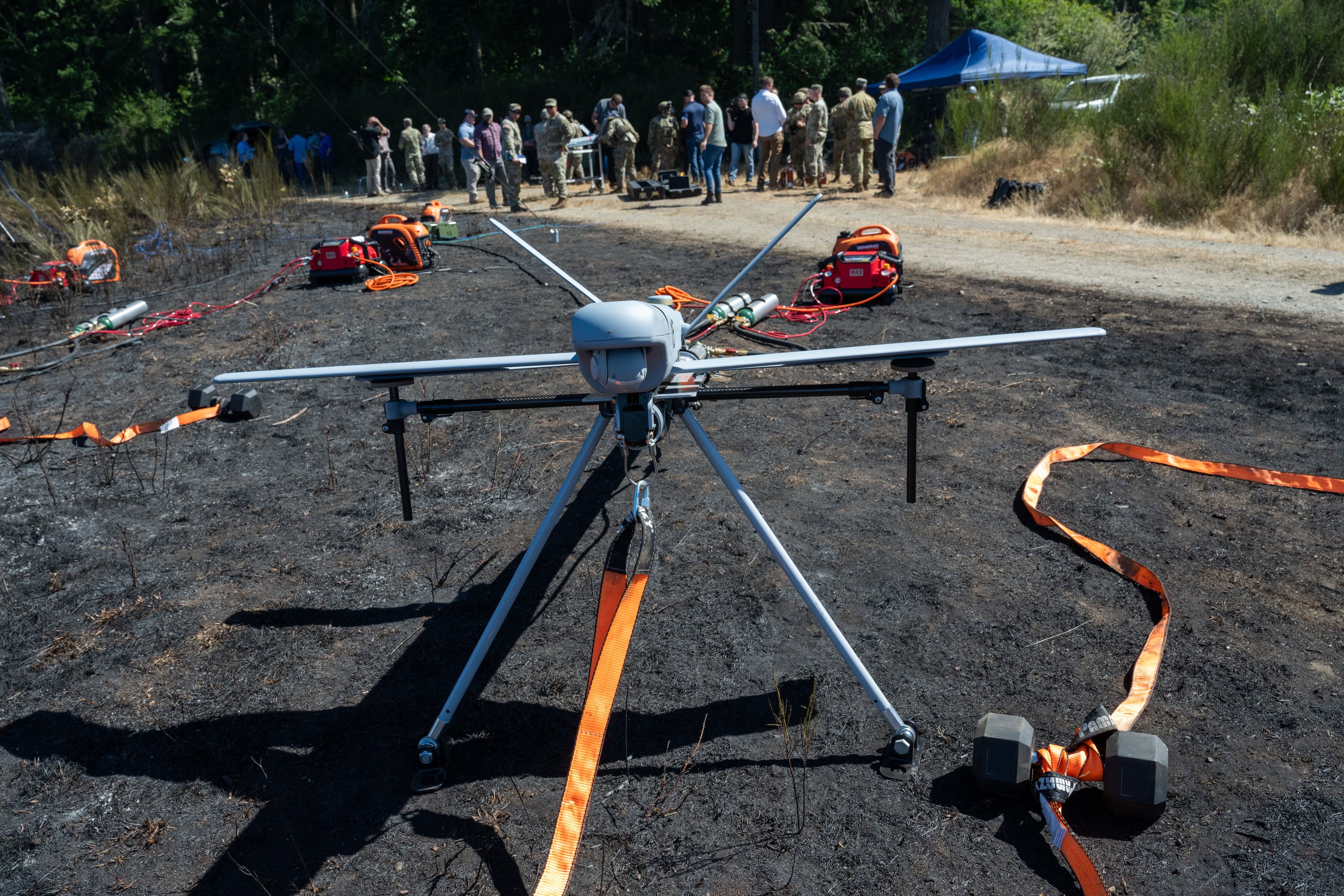
US Army soldiers kick the tires on a new class of multipurpose drones
Soldiers tried their hands at Launched Effects, service's latest buzzword for drones doing everything from reconnaissance to strike missions.

Trump links Space Command HQ move to Colorado’s ‘crooked’ voting laws
Twice Tuesday, Trump said Colorado’s mail-in voting policies influenced his decision to move SPACECOM headquarters from Colorado Springs to Huntsville.
SPECIAL FEATURES

DOD’s Cyber Workforce Challenges
This whitepaper explores how the DoD can close the cyber workforce skills gap, how ‘upskilling’ protects national security in the digital age, and more.

Register: Defense News Conference 2025
Military, government and industry leaders will gather to discuss the hot topic of "Deterring Threats from the Indo-Pacific"

DOD 8140 Compliance Guide for Cyber Workforce Leaders
A break down of what 8140 requires, highlighting where teams get stuck, and how you build a plan that gets your workforce qualified.
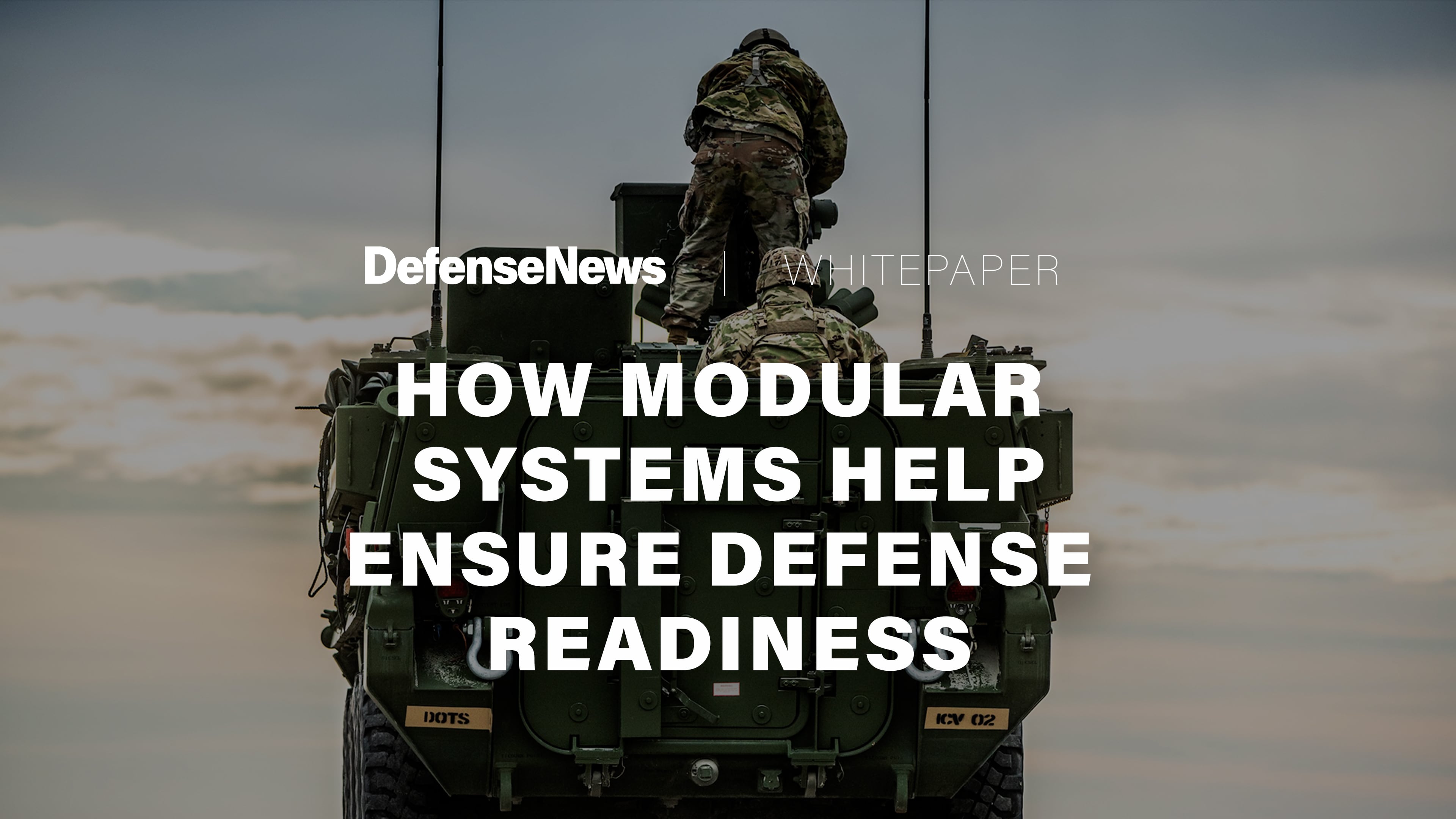
Whitepaper: How Modular Systems Help Ensure Defense Readiness
Learn how a Modular Open Systems Approach avoids proprietary lock-in, how ease of sourcing replacement parts helps ensure readiness, and more.
Space

Space Development Agency launches first operational satellites
The 21 spacecraft could start providing operational capability to combatant commands and other users within four to six months, according to SDA.
Artificial Intelligence
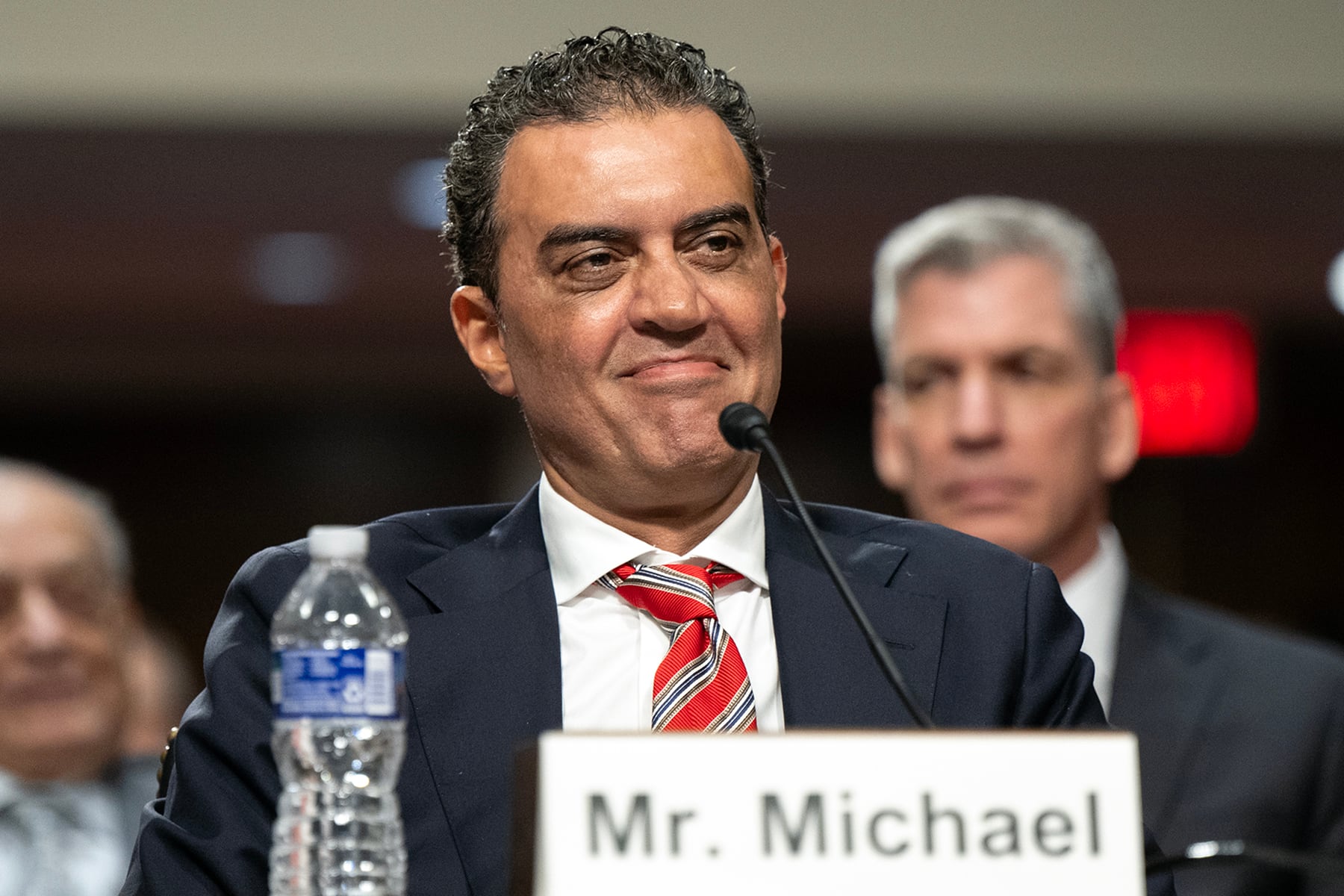
Pentagon CTO says Defense Innovation Unit will remain independent
Undersecretary of Defense for Research and Engineering Emil Michael said his oversight of DIU is temporary as the Pentagon seeks a permanent replacement.
Unmanned
Pentagon stages first ‘Top Drone’ school for operators to hone skills
Industry and military drone operators flew tethered and untethered first-person drones through a course designed to test endurance and maneuverability.

US Army soldiers kick the tires on a new class of multipurpose drones
Soldiers tried their hands at Launched Effects, service's latest buzzword for drones doing everything from reconnaissance to strike missions.
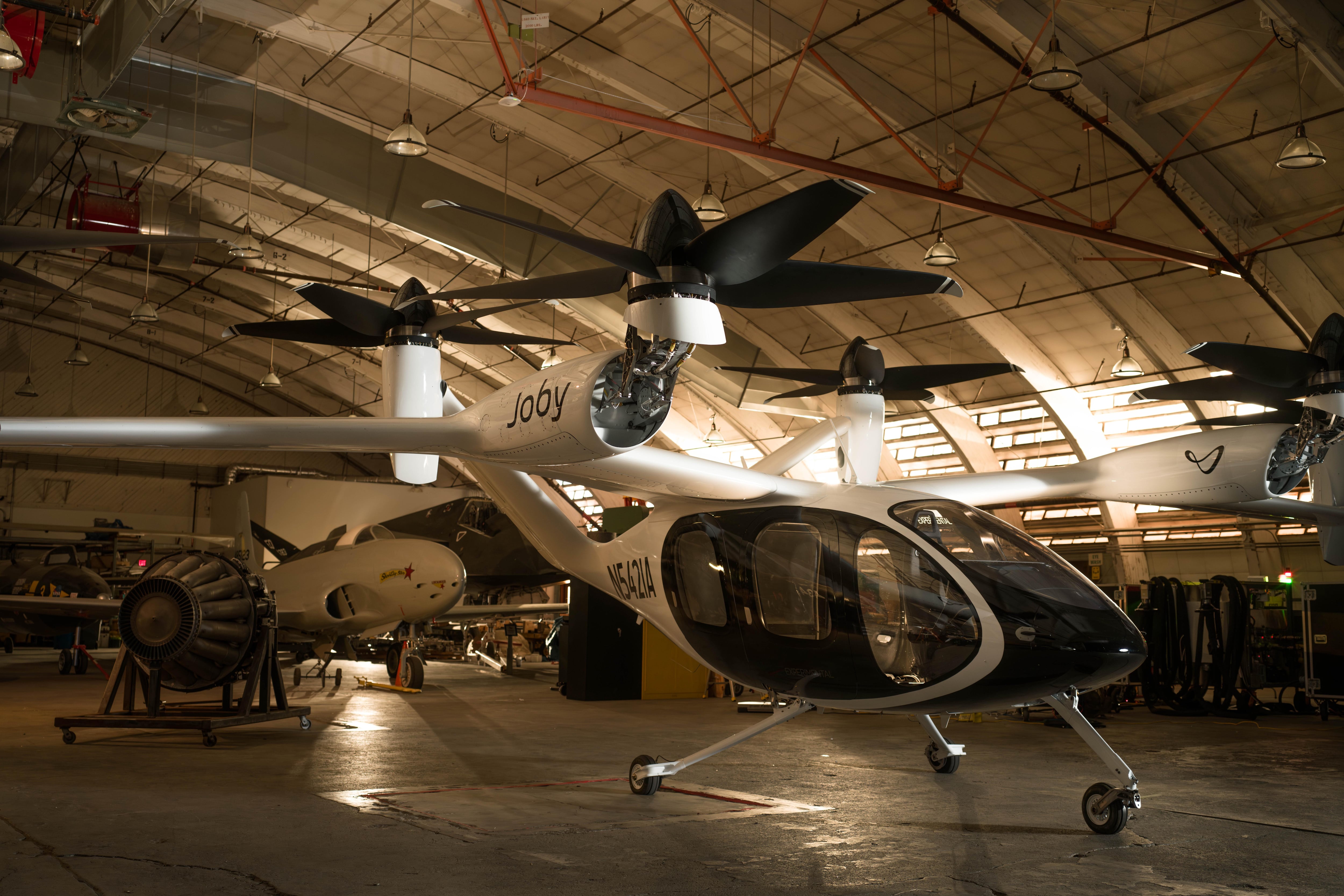
Joby, L3Harris developing autonomous aircraft for defense missions
The companies plan to start flight tests this fall and be ready to demonstrate operational capabilities in government exercises by 2026.
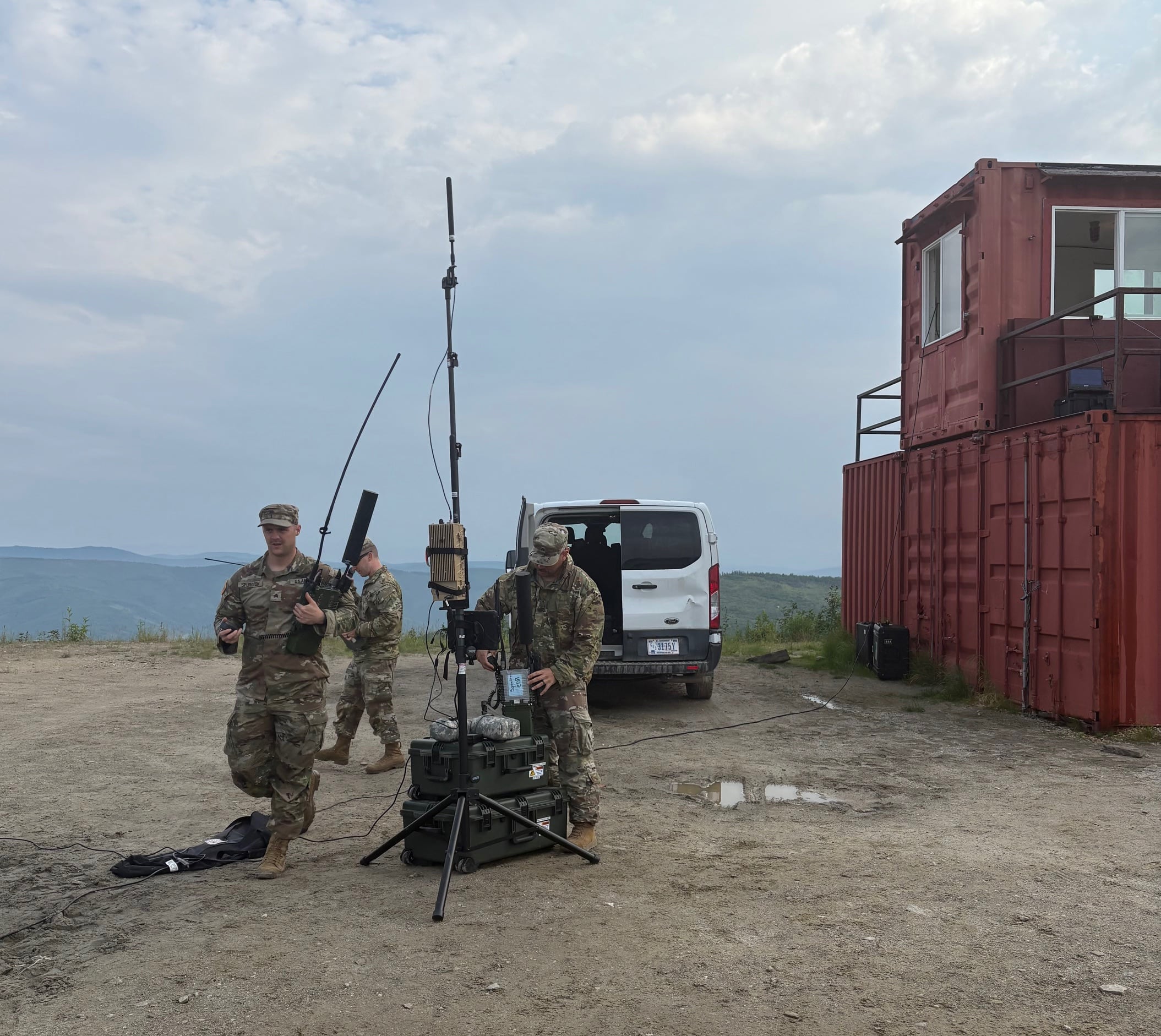
Unmanned
Pentagon unit seeks Ukraine-like conditions for drone testing
Most commercial firms can't access test space where they can refine their products under conditions they might face in the field. DIU wants to change that.

Pentagon picks finalists for Replicator 2 counter-drone demo
The chosen firms will participate in a live demonstration at U.S. Northern Command’s Falcon Peak exercise later this year.
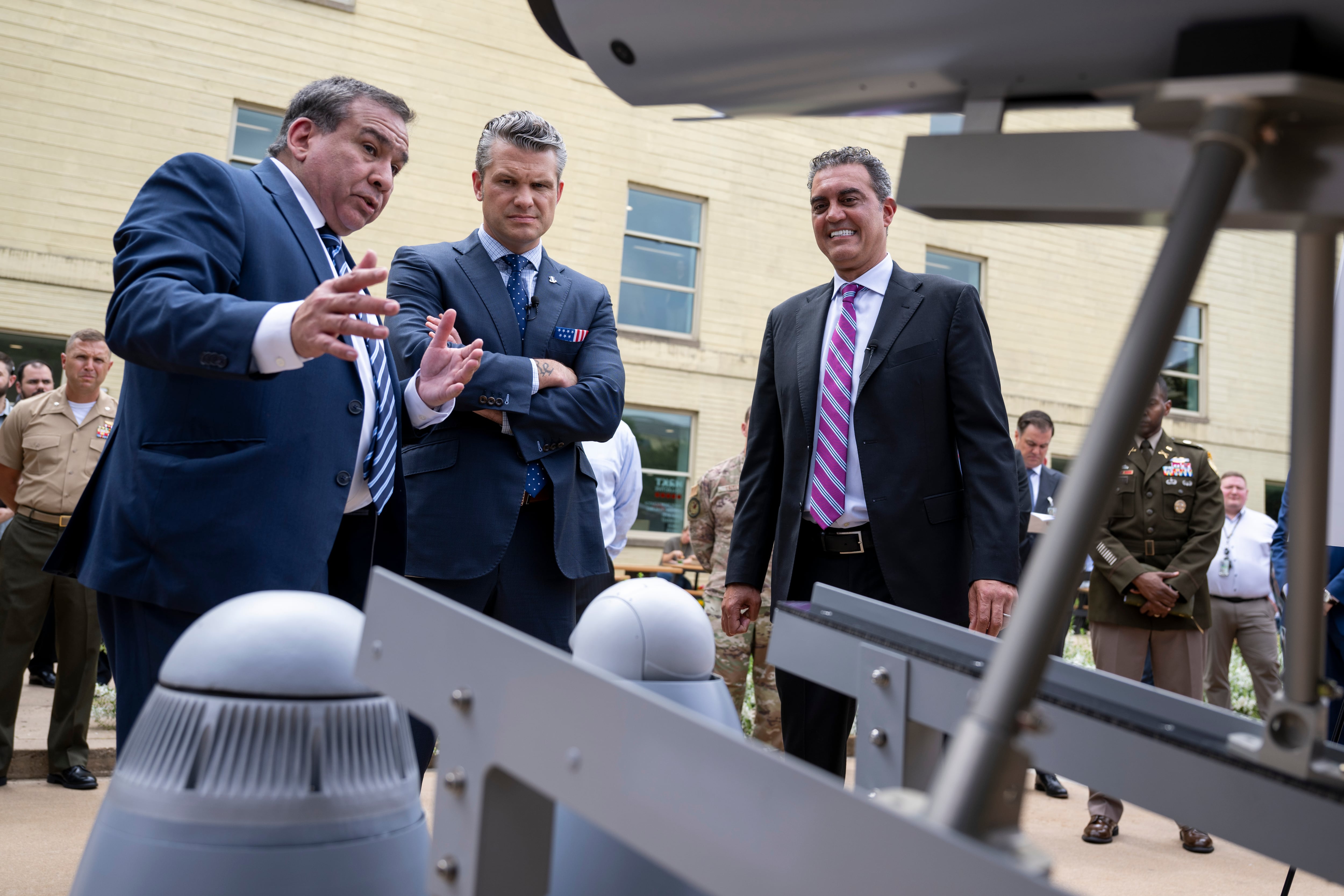
Pentagon officials tout rapid experimentation at courtyard showcase
Officials said Wednesday that rapid experimentation is now "institutionalized" after cutting a program created to find and quickly demo high-need tech.
Cyber

NATO takes aim at Russia’s GPS hacking after EU leader’s plane jammed
The push comes days after a jet carrying EU President Ursula von der Leyen lost its ability to use GPS navigation midair in Bulgarian airspace.
Electronic Warfare

Pentagon’s realistic electronic warfare system to move to Navy lab
DARPA says it has built the world’s largest, most realistic electronic warfare test capability.
VIDEOS
Honoring the 2025 Service Members of the Year | Defense News Weekly Full Episode 9.13.25
Selfless acts of bravery, grit and sacrifice are highlighted in a selection of profiles of the 2025 Service Members of the Year from Military Times.
Featured Videos
Trending Now
More Stories
Gallery: Take a flight in the US Air Force’s B-52 bomber
Defense News’ air warfare reporter, Stephen Losey, visited Barksdale Air Force Base in Louisiana to check out the aging B-52 bomber fleet.
RTX to supply 600 Coyote drone interceptors to Army
The $75 million deal for the interceptors was made "in direct support to the U.S. counter-unmanned aircraft systems mission," according to the service.
Rebellion to supply software for Navy’s secretive Project Overmatch
Project Overmatch is the Navy’s clandestine contribution to Combined Joint All-Domain Command and Control, or CJADC2.
Kongsberg unit wins Italy order for shallow-water unmanned submersible
The order has an estimated value of $11 million (€10.2 million).
Space Force may launch GPS demonstration satellites to test new tech
The service is also conducting market research to refine its concept for a constellation of GPS demonstration satellites.
CENTCOM’s ‘Sandtrap’ hackathon targets drones amid Middle East barrage
The effort was aimed at producing prototypes that improve the speed and accuracy of unmanned aerial system countermeasures.
Homeland Security’s Mayorkas says drones banned from Super Bowl
NFL, police and government officials said there have been no “specific or credible” threats to Sunday’s championship game at Allegiant Stadium.
Ukraine’s new military chief focused on high-tech, command and control
Syrskyi, who attended Moscow Higher Military Command School and served in the Soviet Artillery Corps, is described an an obsessive planner.
New ruck built for radio operators undergoes airborne testing
The new radio ruck is expected to field in early 2025.
By Todd South
Chinese tech company threatens to sue US over claim of military links
Hesai Technology’s core product is LiDAR road sensing equipment, used in passenger and commercial vehicles, autonomous driving vehicles, and more.
By Elaine Kurtenbach, AP




